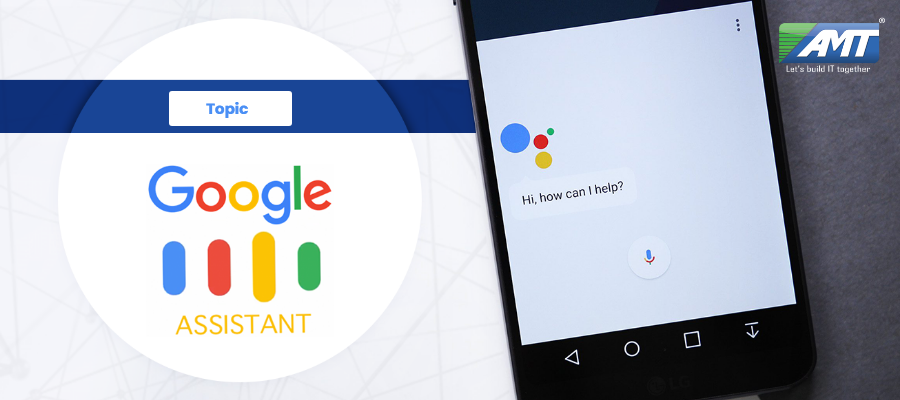The Google Assistant is a virtual assistant developed by Google that is primarily available on mobile and smart home devices. Unlike Google Now, the Google Assistant can engage in two-way conversations. Assistant initially debuted in May 2016 as part of Google’s messaging app Allo, and its voice-activated speaker Google Home.
After a period of exclusivity on the Pixel and Pixel XL smartphones, it began to be deployed on other Android devices in February 2017, including third-party smartphones and Android Wear, and was released as a standalone app on the iOS operating system in May. Alongside the announcement of a software development kit in April 2017, the Assistant has been, and is being, further extended to support a large variety of devices, including cars and smart home appliances. The functionality of the Assistant can also be enhanced by third-party developers.
Users primarily interact with the Google Assistant through natural voice, though keyboard input is also supported. In the same nature and manner as Google Now, the Assistant is able to search the Internet, schedule events and alarms, adjust hardware settings on the user’s device, and show information from the user’s Google account. Google has also announced that the Assistant will be able to identify objects and gather visual information through the device’s camera, and support purchasing products and sending money, as well as identifying songs.
The Google Assistant, in the nature and manner of Google Now, can search the Internet, schedule events and alarms, adjust hardware settings on the user’s device, and show information from the user’s Google account. Unlike Google Now, however, the Assistant can engage in a two-way conversation, using Google’s natural language processing algorithm. Search results are presented in a card format that users can tap to open the page. In February 2017, Google announced that users of Google Home would be able to shop entirely by voice for products through its Google Express shopping service, with products available from Whole Foods Market, Costco, Walgreens, Pet-smart, and Bed Bath & Beyond at launch, and other retailers added in the following months as new partnerships were formed. The Google Assistant can maintain a shopping list; this was previously done within the note taking service Google Keep, but the feature was moved to Google Express and the Google Home app in April 2017, resulting in a severe loss of functionality.
In May 2017, Google announced that the Assistant would support a keyboard for typed input and visual responses, support identifying objects and gather visual information through the device’s camera, and support purchasing products and sending money. Through the use of the keyboard, users can see a history of queries made to the Google Assistant, and edit or delete previous inputs. The Assistant warns against deleting, however, due to its use of previous inputs to generate better answers in the future. In November 2017, it became possible to identify songs currently playing by asking the Assistant.
At the annual I/O developers conference on May 8, 2018, Google’s SEO announced the addition of six new voice options for Google Assistant, one of which being John Legend’s. This was made possible by Wave-net, a voice synthesizer developed by Deep-mind, which significantly reduced the amount of audio samples that a voice actor was required to produce for creating a voice model.
The above is a brief about Google Assistant. Watch this space for more updates on the latest trends in Technology.
